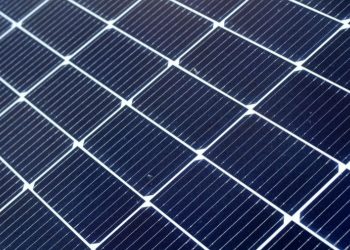
Credit: Oregon State University College of Agricultural Sciences
With an overwhelming bipartisan majority in both chambers, the Oregon Legislature voted to make the state a leader in energy resilience with a first-in-the-nation strategy to create a regulatory framework for building microgrids.
Microgrids are local, self-contained energy systems designed to operate independently of the larger power grid (known as ‘islanding’), or in coordination with it. This allows systems to continue delivering power even during a grid disruption. Microgrids can also fill capacity shortages during peak demand times by feeding the grid, which benefits not only the local community, but the region as a whole.
There are currently no community-owned or -operated microgrids in Oregon, and this legislation (HB 2065 and HB 2066) will make it possible for communities to plan, build, own and value local microgrids – and connect them to the main grid. Microgrids can operate with a wide variety of power sources, but often make use of local clean energy supplies such as solar, storage, microhydro, biomass or wind. This is unique in the nation, as most microgrids are currently owned by utilities, government or private businesses.
“As we look towards how to develop resiliency in our electric grid – for natural disasters and other things – microgrids are going to be a key player. If we are really going to build resiliency at the community level with community ownership, we have got to figure that out, and [HB 2066] will ask the Oregon Public Utilities Commission to do so,” said Representative Mark Owens, District 60.
- Requires Oregon Public Utilities Commission to create a roadmap and regulatory framework for building, owning, and valuing microgirds in Oregon
- Allows communities to hire third-party experts to conduct grid interconnection studies, which will reduce delays in building microgrids and small-scale renewable energy
- Increases clean energy deployment, electric system reliability and grid modernization
- Improves rural energy independence, electric service, economic development and resilience to power outages
- Reduces rural energy costs at a time of skyrocketing power rates
- Reduces pressure to build expensive transmission infrastructure
The bill now awaits the Governor’s signature.
News item from Sustainable Northwest
















